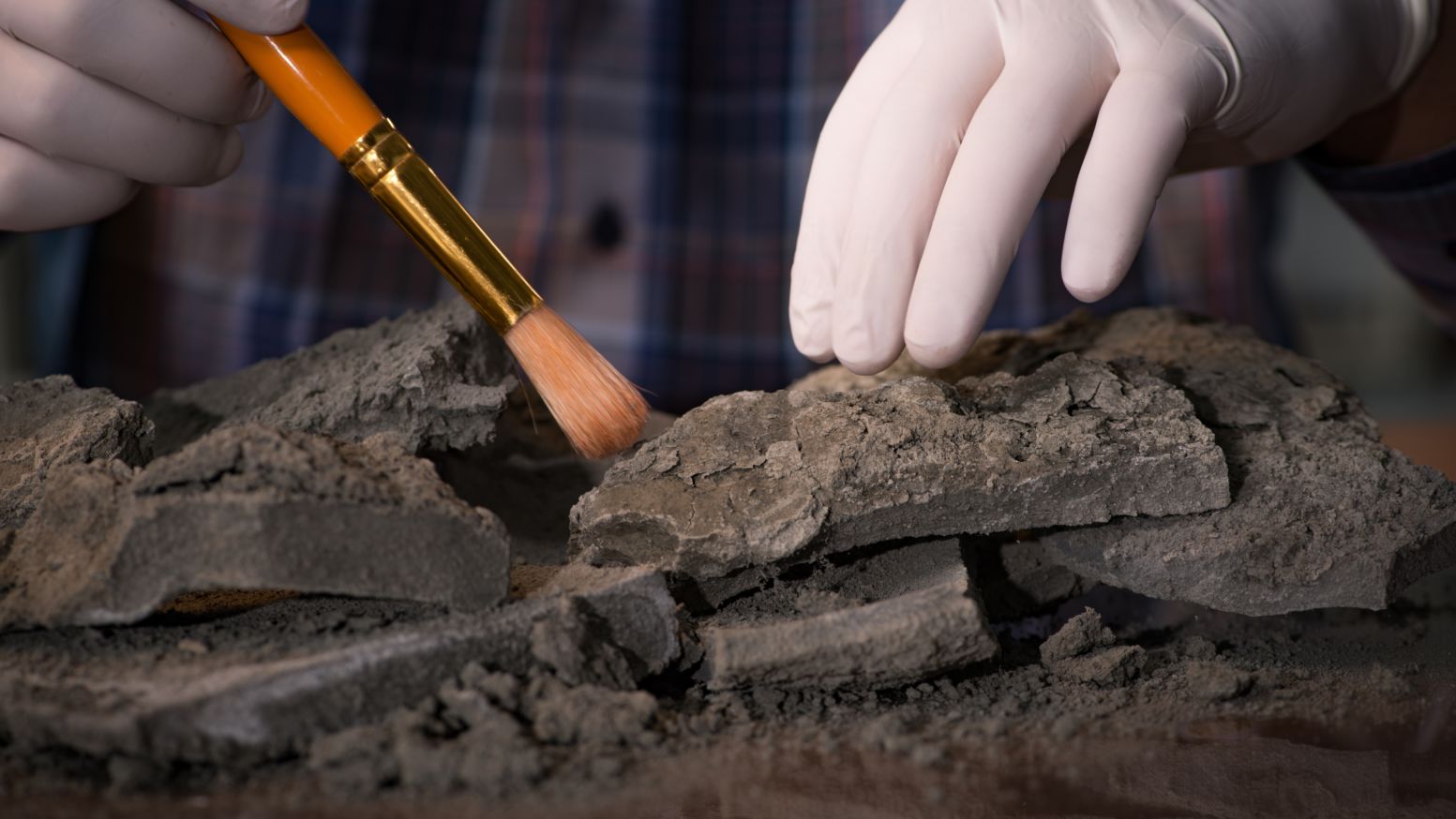The word “archaeology” often conjures images of treasure, booby-trapped tombs, and gun-toting adventurers. Unfortunately, films such as Tomb Raider, The Mummy, and every movie in the Indiana Jones franchise have conditioned some people to think that real archaeology has to involve secrecy, danger, and heaps of gold and jewels. The earliest days of archeology were filled with adventure in the untamed Middle East, to be sure. But today, being on a real dig is much less eventful.
Modern archaeology isn’t quite the adventure we find in movies and television programs. Fictional archaeologists are almost always terrible at their jobs. For instance, at the beginning of Raiders of the Lost Ark, Indiana Jones explores an ancient temple filled with booby traps. With no government permits, camera, or note taking materials, he loots the temple’s one golden treasure. If Jones were the genuine article, he would have spent his time trying to understand how a people from a relatively primitive culture were able to construct traps with pressure-sensitive plates from nothing more than ropes and stone – that were still able to function after hundreds of years in spite of age and humidity. He would have let the Nazis take the statue.
Even if archaeology isn’t anything like what we see in the movies, it’s still an exciting discipline. Archaeology has provided an incredible amount of information confirming events from biblical history. Whether it is in the form of architecture, inscriptions, statuary, or stone reliefs, a wealth of ancient evidence corroborates information found in Scripture. Let’s look at a few examples:
- The Bible provides two accounts of a failed Assyrian siege of Jerusalem (2 Kings 18-19; Isaiah 36-37), thanks to God’s intervention. Assyrian records of this invasion have been discovered and are currently on display in museums in Chicago, London, and Jerusalem. The three accounts have only minor differences, and none of them indicates that Jerusalem ever fell to the nearly unstoppable Assyrian army. If Sennacherib had conquered a capital city like Jerusalem, he would have bragged about it.
- In the past, some critics claimed that New Testament figures such as Caiaphas and Pontius Pilate were fictitious persons created by the authors of the Gospels. The names of both men have been discovered in inscriptions currently located in the Israel Museum in Jerusalem. Archaeologists discovered Caiaphas’ bone box in Jerusalem in 1990, and the Pilate Inscription in 1961 at Caesarea Maritima.
- Numerous ancient bullae (seal impressions) used to secure official documents have been discovered in Jerusalem. Many of the individuals whose names appear on these seals appear in the Bible. Many of them date to the time of the Babylonian conquest of Jerusalem in 586. These impressions mention biblical figures such as Hezekiah and Isaiah the prophet.
- Some of the language used in the early chapters of the book of Exodus can be firmly dated to the late second millennium, the same time that Moses was born and educated in Egypt. The biblical text includes Egyptian words and phrases used around the same time as the biblical exodus.
- Although archaeologists have found numerous pagan images and figurines, they have yet to discover an image of God. This is exceptionally strange and supports the idea that the Israelites worshipped a God who forbade his depiction (Exodus 20:4; Deuteronomy 5:8). Even though the people tended to adopt religious ideas and customs from their neighbors, they adhered to the command never to depict God in physical form.
- Paul mentions a friend named Erastus who served as the city treasurer at Corinth (Romans 16:23; 2 Timothy 4:20; see Acts 19:22). His name appears on ancient pavement laid at his own expense.
One discovery after another over the past century and a half has demonstrated the Bible to be a reliable document. More recently, it seems that each new season brings fresh discoveries that help readers connect the Bible to the world in which its authors lived. They may not be as exciting as running gun battles or discovering hoards of gold coins and precious stones, but they are no less spectacular.
